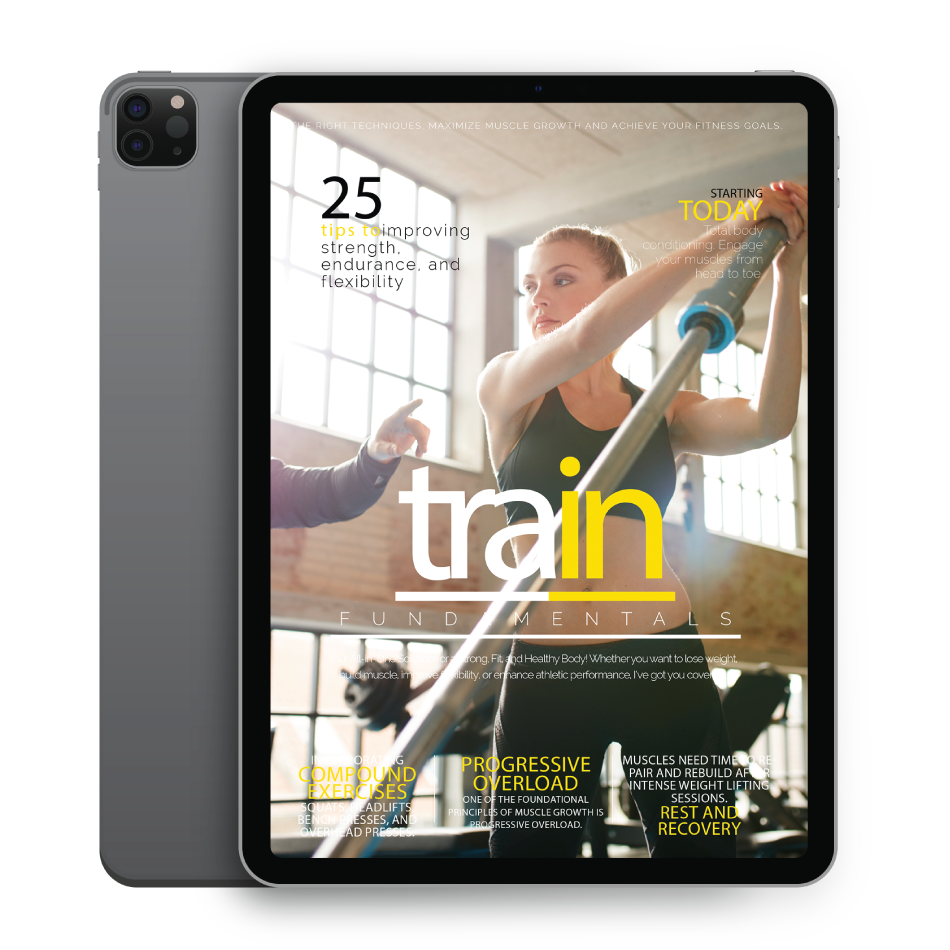The hamstrings are responsible for hip extension and knee flexion, making them vital for movements like sprinting, jumping, deadlifting, and stabilizing the knee. Weak hamstrings can lead to:
Increased risk of ACL injuries and hamstring strains
> Poor sprinting mechanics and reduced explosiveness
> Lower back compensation, leading to discomfort or injury
> Decreased efficiency in compound movements like squats and deadlifts
By strengthening your hamstrings, you not only boost performance but also create a stronger, more resilient lower body. Hip extension is one of the most important yet often overlooked movements in human performance. Hip extension occurs when the thigh moves backward in relation to the pelvis, engaging key muscles like the glutes, hamstrings, and lower back. It’s the opposite of hip flexion (bringing the knee toward the chest) and is essential for explosive athletic movements, proper posture, and lower-body stability.
Incorporate these exercises into your routine to develop strength, size, and endurance in your hamstrings. Every powerful movement—whether it’s sprinting, jumping, or Olympic lifting—requires strong hip extension. Explosive hip drive is what allows sprinters to accelerate, weightlifters to generate force, and athletes to produce maximum power in their movements. If your hip extension is weak, your speed, strength, and performance will suffer.








